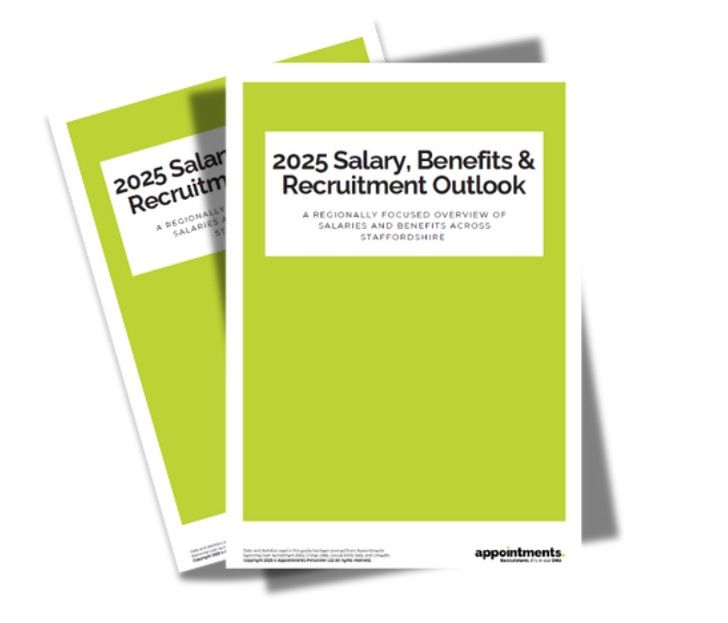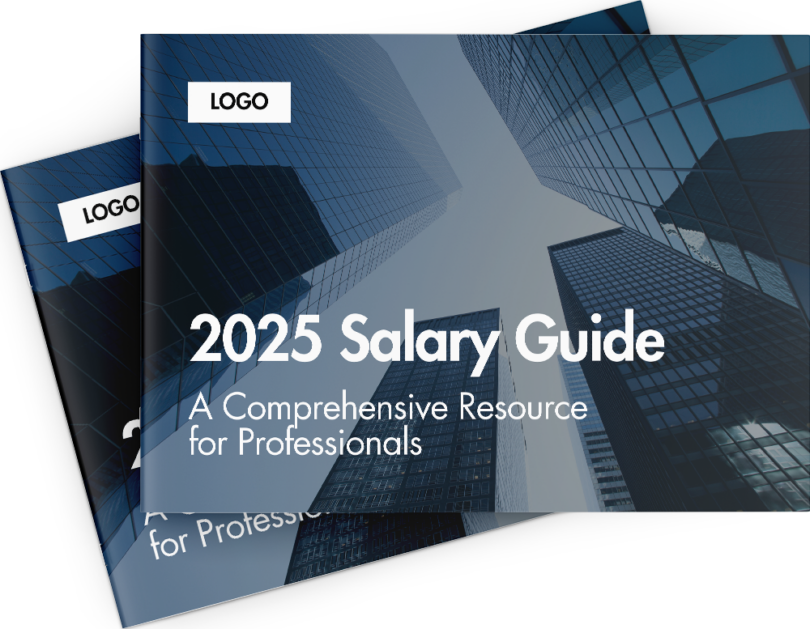
Share Article
DIY Recruitment
Is going it alone the right decision for your business?
Recruiting the right talent is one of the most important decisions you’ll make as a business owner or hiring manager. It can also be one of the most time-consuming and resource-draining aspects of running a business, especially if you’re handling the recruitment process yourself. While managing recruitment in-house gives you full control over the process, there are several factors to consider before deciding if it’s the right approach for you.
In this blog, we’ll discuss the key things to keep in mind when handling your own recruitment, the potential pitfalls to avoid, and how to ensure the process runs smoothly.
1. Time Is Money: The Hidden Cost of Recruitment
Recruiting can be incredibly time-consuming. From crafting the perfect job description to sifting through applications and conducting multiple rounds of interviews, the process demands a lot of your attention. On top of your regular workload, the time you spend on recruitment may be taken away from the core operations of your business.
It’s important to consider how much time you can realistically devote to recruitment without it affecting your business. Even a seemingly straightforward recruitment process can take weeks, and if you’re juggling multiple hires, the time commitment multiplies.
2. Quality vs. Quantity: Screening for the Right Fit
One of the most significant challenges of doing your own recruitment is filtering through a large volume of applications. Most job postings attract many candidates, but the truth is, not all applicants are a good fit for your company or the role.
Without a structured screening process, it’s easy to overlook red flags or miss out on the perfect candidate. If you don’t have a solid system in place to assess CVs, conduct interviews, and assess cultural fit, you risk wasting time on unsuitable candidates. Moreover, unstructured recruitment can result in poor hiring decisions that impact your team’s productivity and morale.
3. Interviewing: The Pressure of Making the Right Call
Once you’ve shortlisted candidates, the next challenge is the interview process. It’s easy to feel the pressure to make the right call, especially when hiring someone who will contribute to your business’s success. Interviewing is a skill that takes practice, and without the right structure or experience, it can be easy to let biases creep in or miss out on key questions that could reveal important details about a candidate’s suitability.
When you conduct interviews on your own, you may not always have the necessary experience to evaluate candidates thoroughly. Bias, lack of consistency, or overlooking key competencies can result in a poor hire that wastes time, money, and resources.
4. The Risk of High Turnover and Bad Hires
One of the biggest risks of managing recruitment on your own is the possibility of making a bad hire. If you don’t have the right processes in place, you may end up hiring someone who doesn’t fit the role or your company culture, leading to high turnover rates. This can be expensive and demoralizing for your team, as the recruitment cycle begins again.
Additionally, hiring someone who doesn’t work out can have negative long-term effects on your business. The cost of training, onboarding, and then rehiring can be significant, not to mention the impact on employee morale and the time spent managing the fallout from a poor hire.
5. Legal Compliance: Avoiding the Legal Pitfalls
Recruitment is not only about finding the right candidate—it’s also about doing it in a legally compliant way. There are various laws around equality, diversity, and discrimination that must be followed throughout the hiring process. If you’re not up-to-date with the latest legal requirements or don't have HR expertise, you may unintentionally breach employment laws, leaving your business exposed to legal risks.
Having a strong understanding of legal obligations—such as data protection laws, anti-discrimination policies, and employment contracts—is vital. Otherwise, you could face costly legal challenges down the line.
6. Onboarding: A Critical Step Often Overlooked
Once you’ve made the right hire, the final step is ensuring a smooth onboarding process. This is often overlooked when companies manage recruitment internally, but it’s essential for ensuring that new employees settle in quickly and perform at their best.
A solid onboarding plan helps new hires understand their role, company culture, and expectations from day one. Failing to onboard employees effectively can lead to confusion, disengagement, and ultimately, turnover. Ensure that you have a structured onboarding process in place to help new employees feel supported and confident in their role.
7. The Hidden Costs of DIY Recruitment
While handling recruitment internally may seem cost-effective, it’s essential to weigh the hidden costs involved. In addition to the time spent sourcing candidates, interviewing, and checking references, the recruitment process often involves costs such as advertising fees, background checks, and possibly even hiring an external consultant for advice.
Furthermore, there’s the risk of not being able to fill the role in a timely manner, leaving your team overworked or the position unfilled, which can impact productivity and overall business performance.
Conclusion: Is Doing Your Own Recruitment Worth It?
While doing your own recruitment offers complete control and can be an attractive option for small businesses, it’s important to consider the time, effort, and potential pitfalls involved. If you’re managing recruitment alongside other critical tasks, the process can quickly become overwhelming, and the risk of making a bad hire increases.
At Appointments Personnel, we understand how demanding recruitment can be. Our recruitment services are designed to save you time, reduce the risk of bad hires, and ensure you find the right fit for your business. Whether you’re just starting your search or need assistance with any part of the process, we’re here to support you.
If you’re looking for guidance or want to explore how we can help streamline your recruitment, feel free to get in touch. We’d be happy to share our expertise and help you find the perfect candidate without the hassle.










